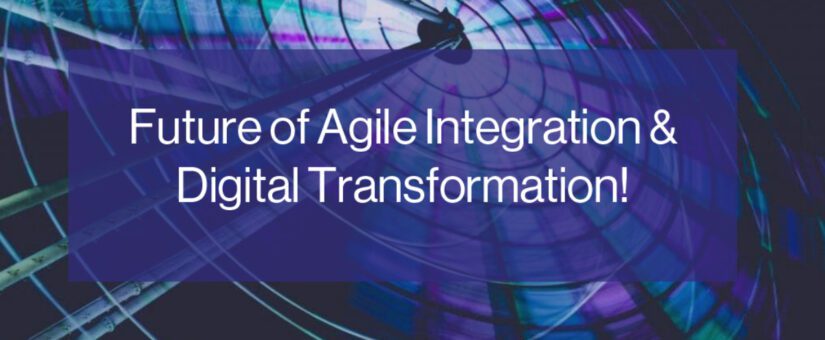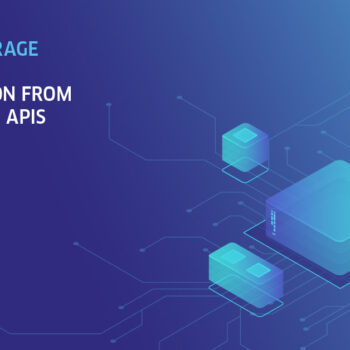
The Future of Agile Integration & Digital Transformation
- Posted by Adham Jan
- On March 9, 2023
Introduction
Digital transformation has become a buzzword in the business world as companies race to keep up with the rapid pace of technological advancements. Organizations are shifting their focus towards customer-centricity, flexibility, and agility to remain relevant and competitive. In this blog post, we will explore the future of digital transformation and agile integration in businesses.
The Role of Agile Integration in Digital Transformation
Agile integration is a modern approach to integration that enables organizations to deliver services and data in real-time. This approach is driven by the need for businesses to be more responsive, flexible, and adaptable to changing market conditions. Agile integration uses modular, lightweight, and containerized integration architecture to enable rapid software development, deployment, and scalability. This approach allows businesses to integrate new technologies into their existing infrastructure easily. As digital transformation continues to evolve, agile integration will be critical in enabling organizations to leverage emerging technologies such as AI, IoT, and blockchain.
Agile integration is an essential component of digital transformation, as it enables businesses to break down data silos and create a unified view of their operations. By leveraging agile integration, companies can create a flexible and scalable architecture that can adapt to changing business needs. This approach enables businesses to respond quickly to customer demands and market changes, providing a competitive advantage.
The Benefits of Digital Transformation and Agile Integration
Digital transformation and agile integration provide several benefits to businesses.
-
- Firstly, they enable companies to respond to market changes and customer needs quickly. By creating a more agile infrastructure, businesses can develop and deploy new services and products rapidly.
- Secondly, they enhance the customer experience by providing personalized and seamless services. By breaking down data silos and creating a unified view of customer data, businesses can provide personalized services that meet the needs of their customers.
- Thirdly, digital transformation and agile integration improve operational efficiency by automating processes, reducing errors, and increasing productivity. By leveraging automation and integration, businesses can reduce manual processes and focus on more strategic initiatives.
- Fourthly, they enable businesses to innovate and create new revenue streams. By creating an agile infrastructure, businesses can quickly develop and deploy new services that meet the needs of their customers.
- Finally, they provide a competitive advantage by enabling companies to differentiate themselves from their competitors. By leveraging digital transformation and agile integration, businesses can create a unique value proposition that sets them apart from their competitors.

The Challenges of Digital Transformation and Agile Integration
While digital transformation and agile integration present several benefits, they also come with various challenges.
-
- Firstly, they require significant investments in technology, infrastructure, and talent. Digital transformation requires a significant investment in technology, infrastructure, and talent to build an agile infrastructure that can adapt to changing business needs.
- Secondly, they require a cultural shift towards agility, collaboration, and innovation. Digital transformation requires a cultural shift towards agility, collaboration, and innovation to create a more responsive and flexible organization.
- Thirdly, they require significant changes in organizational structure and processes. To leverage digital transformation and agile integration, businesses must restructure their organizations to support this new approach.
- Fourthly, they require a robust governance framework to manage risks and ensure compliance. Digital transformation and agile integration require a robust governance framework to manage risks and ensure compliance with regulatory requirements.
- Finally, they require continuous monitoring, evaluation, and optimization to ensure that they deliver the desired outcomes. Digital transformation and agile integration require continuous monitoring, evaluation, and optimization to ensure that businesses are achieving their desired outcomes.
Conclusion
Digital transformation and agile integration are the future of businesses. They enable organizations to remain relevant, competitive, and customer-centric in the fast-paced digital world. While they come with several challenges, the benefits they provide outweigh the costs. Organizations that embrace digital transformation and agile integration will be better positioned to leverage emerging technologies, create new revenue streams, and deliver value to their customers. By breaking down data silos, creating an agile infrastructure, and fostering a culture of innovation, businesses can create a unique value proposition that sets them apart from their competitors.




